Category: Cyber Resilience and Internet Safety
curricular area and keeping learners safer online
cyber challenge uk
cyber explorers
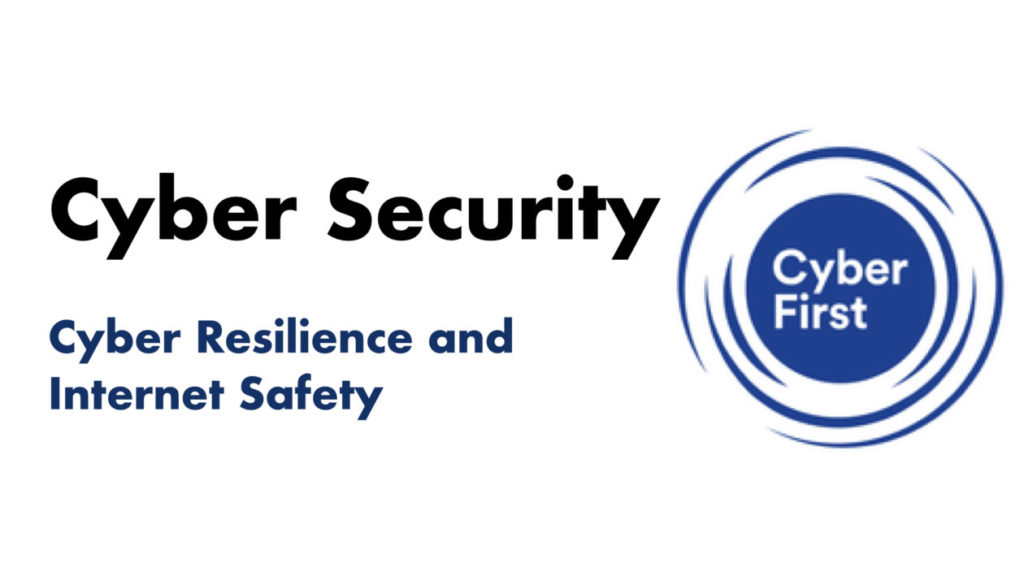
Cyber Security

Cyber Resilience and Internet Safety for secondary teachers
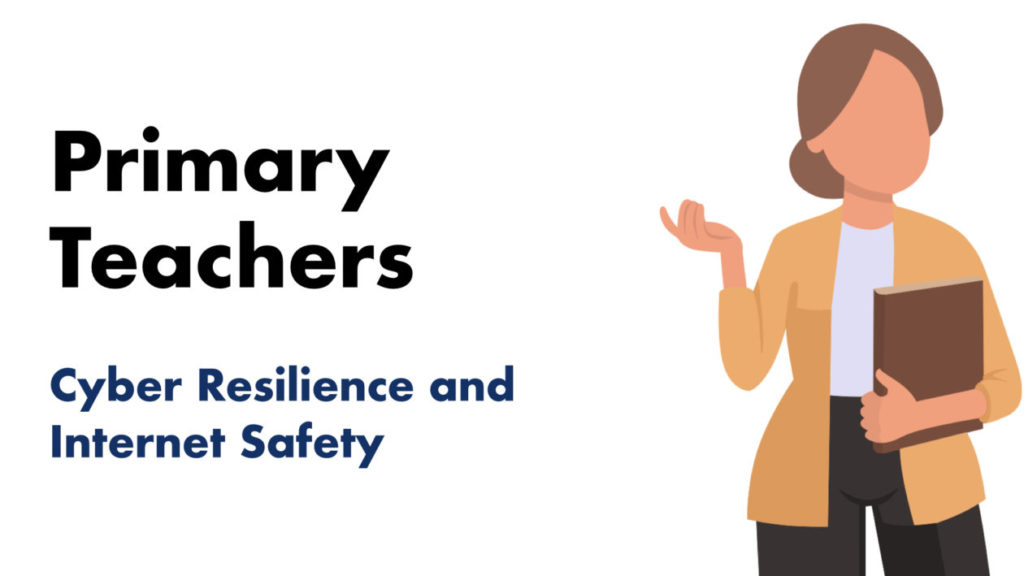
Cyber Resilience and Internet Safety for primary teachers
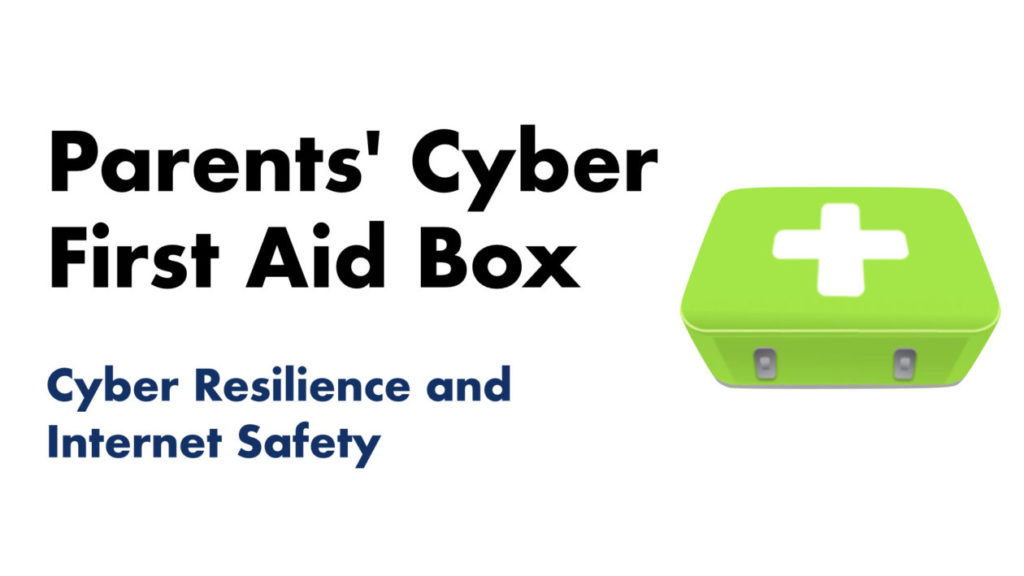
Parents’ Cyber First Aid Box
The Cyber First Aid Box is designed to support families recover from online harms.
Designed in partnership with Decode Cyber Solutions and Education Scotland’s Digital Skills team – it is a free resource available to everyone.
Clicking on the image or link will open a new browser tab to the Cyber First Aid Box website. The site will ask a series of questions to help families determine the best response to a harmful online incident, including how to approach the subject with children & young people, possible solutions, and the first steps to recovering from it.
Cyber Resilience and Internet Safety Activities
Activity 1: consume create communicate
Activity 2: cyber resilience
Activity 3: internet safety
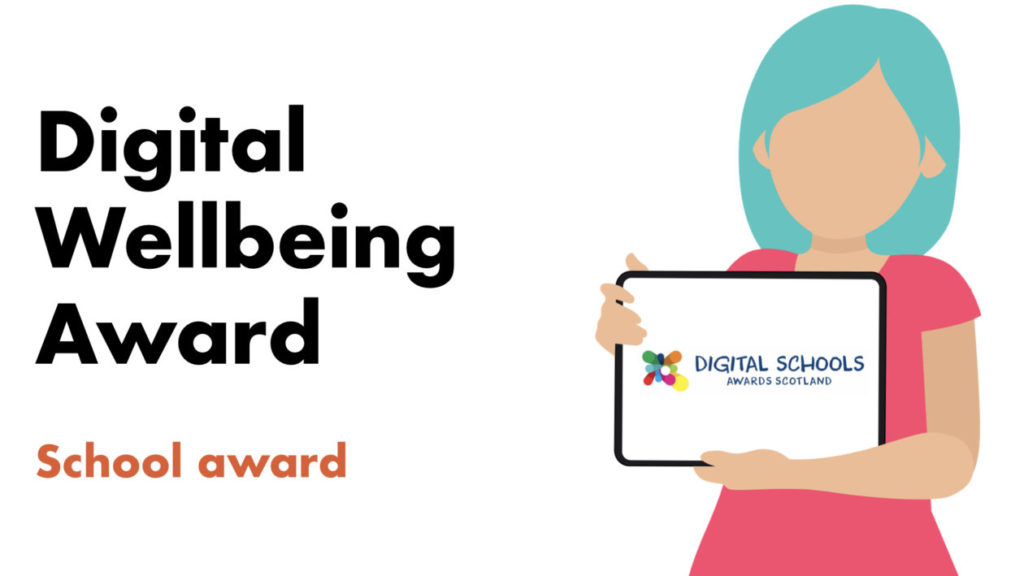
The Digital Wellbeing Award for Cyber Resilience and Internet Safety – Digital Schools Award
The Digital Wellbeing Award for Cyber Resilience and Internet Safety is designed to provide education professionals with the resources and support required to help pupils safely navigate the digital world.
Schools that successfully complete the programme receive a nationally recognised award by Education Scotland.
Register your school
Find out more about:

Level 4 Resources for Cyber Fundamentals and Internet Safety
Education Scotland have collaborated with Girvan Academy in South Ayrshire to produce a set of resources that combine the SQA level 4 units in Cyber Security Fundamentals and Internet Safety. These resources reinforce our belief that every learner should have the knowledge and skills to use the internet and online services safely, allowing them to spot potential risks and recover from any potential harm, they face while using online services.
The following teaching resources have been created:
- Getting Started with Chromebook
- Getting Started with iPad
- Getting Started with Online Accounts
- Getting Started with Devices teaching PowerPoint
- Getting Started with Online Accounts teaching PowerPoint
Assessment evidence
The assessor will use the portfolio approach to generate evidence that learners have achieved these units.
A learner must complete the Getting Started with Online Accounts booklet, one of the relevant ”Getting Started with Chromebook/iPad’ booklets (depending on what device they have set up), and then the assessor must complete an observation checklist for every learner:
- Assessor answer booklet
- Observation checklist
- Learner profile
The teacher answer booklet and prior verification certificate can be downloaded from the SQA secure site.

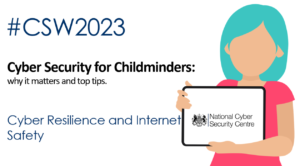

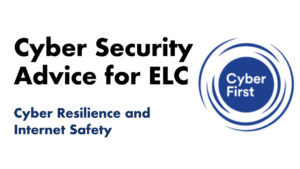
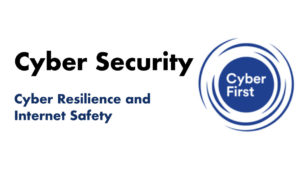



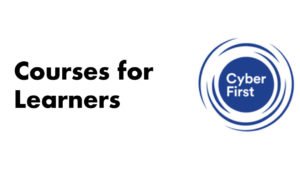
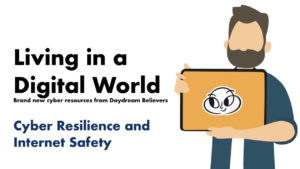
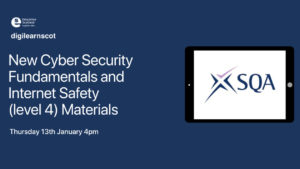
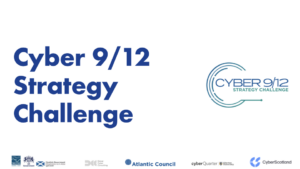
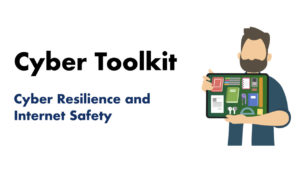
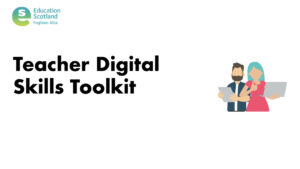
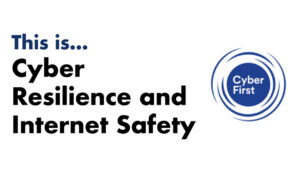

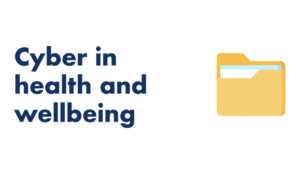
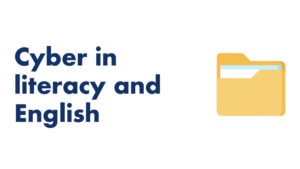

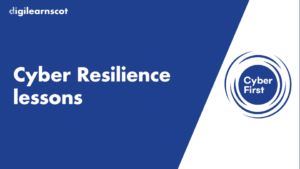
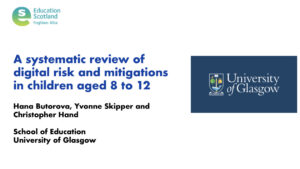




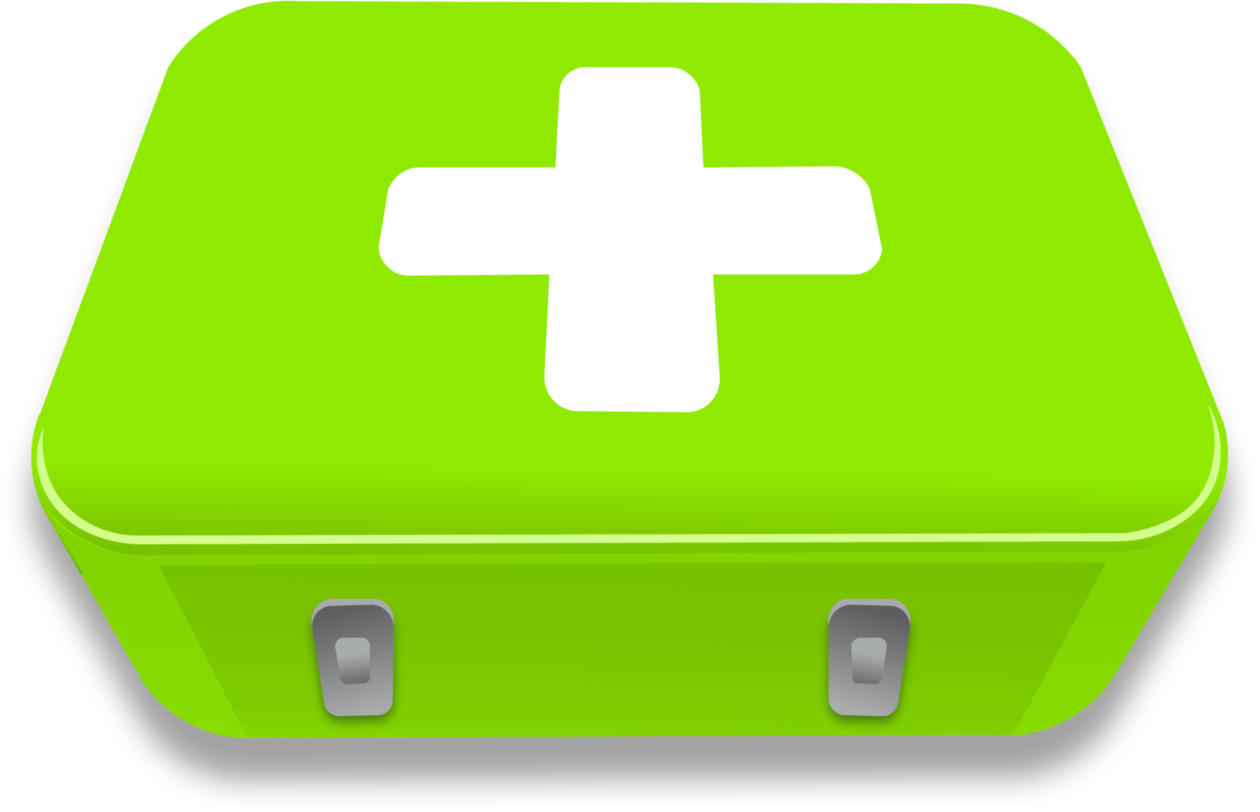

You must be logged in to post a comment.